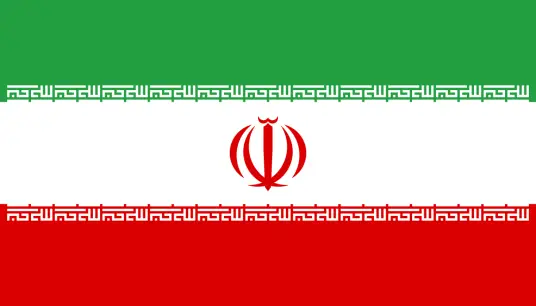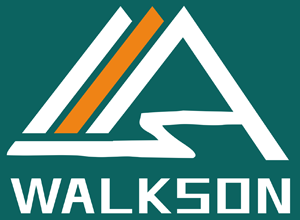Vacuum Lost Foam Casting (VLFC) stands out due to its combination of precision, efficiency, and versatility. Below is a comparison highlighting its advantages over other popular casting methods:
1. VS. Sand Casting
Advantages of VLFC:
· Better Surface Finish: VLFC produces smoother surfaces due to the use of refractory coatings and the absence of parting lines.
· Higher Dimensional Accuracy: The vacuum environment ensures precise mold filling, reducing warping and shrinkage.
· Complex Shapes: VLFC can cast intricate designs and thin-walled structures that would be difficult to achieve with traditional sand casting.
· Lower Labor Intensity: Eliminates the need for cores and extensive machining, simplifying production.
Advantages of Sand Casting:
· Cost-Effective for Simple Parts: Sand casting is often cheaper for low-complexity components.
· Faster for Prototypes: Sand molds are quicker to prepare for simpler designs.
2. VS. Investment Casting
Advantages of VLFC:
· Lower Cost for Large Parts: VLFC is more economical for large and complex components, whereas investment casting becomes expensive as part size increases.
· Shorter Production Time: Foam patterns can be produced and assembled faster than the wax patterns used in investment casting.
· Larger Castings: VLFC is better suited for producing large-scale components, such as machine beds, than investment casting.
Advantages of Investment Casting:
· Extreme Precision for Small Parts: Investment casting offers unparalleled precision for small, intricate components.
· Wider Alloy Range: Investment casting may accommodate alloys that are challenging for VLFC.
3. VS. Die Casting
Advantages of VLFC:
· Cost-Effective for Low Volumes: VLFC requires no expensive metal dies, making it more economical for short runs or prototypes.
· Complexity and Customization: Foam patterns in VLFC allow for more intricate designs than rigid dies in die casting.
· Material Versatility: VLFC can handle ferrous metals (e.g., steel, cast iron), which are challenging for traditional die casting.
Advantages of Die Casting:
· Faster Cycle Time: Ideal for high-volume production with rapid mold cycles.
· Superior Surface Finish: Die casting can achieve very fine surface finishes with minimal finishing required.
4. VS. Permanent Mold Casting
Advantages of VLFC:
· Design Freedom: VLFC can cast intricate and irregular shapes, including undercuts and hollow sections, which are difficult for permanent mold casting.
· Lower Initial Investment: VLFC doesn’t require expensive permanent molds, reducing initial costs.
Advantages of Permanent Mold Casting:
· Durability: Reusable molds make permanent mold casting cost-efficient for large-scale production of simpler designs.
· Better Mechanical Properties: Permanent mold casting often yields parts with finer grain structure and higher strength.
5. VS. Centrifugal Casting
Advantages of VLFC:
· Versatility: VLFC is not limited to rotationally symmetric parts, unlike centrifugal casting.
· Precision: Offers higher design complexity and tighter tolerances for non-cylindrical shapes.
Advantages of Centrifugal Casting:
· Uniform Density: Ideal for cylindrical components like pipes and bushings, ensuring superior material properties.
Key General Advantages of VLFC Over Other Methods:
1. Vacuum-Assisted Quality:
Eliminates gas-related defects, such as porosity and blowholes, enhancing casting integrity.
Ensures consistent mold filling, particularly for thin-walled or complex parts.
2. Environmental and Cost Efficiency:
Reduces material waste and uses recyclable sand, minimizing environmental impact.
Simplifies tooling and reduces post-processing requirements.
3. Seamless Integration of Complex Features:
Foam patterns enable the integration of intricate features, such as internal cavities, without the need for additional cores.
4. Scalability:
Suitable for both low- and high-volume production without requiring expensive molds or tools.
In summary, VLFC outperforms many other casting methods in terms of precision, complexity, and cost-efficiency for specific applications, especially when dealing with large, intricate components or high-strength alloys. Its ability to combine vacuum technology with the inherent flexibility of lost foam casting makes it a preferred choice in advanced manufacturing.
 English
English  Deutsch
Deutsch  français
français  русский
русский  فارسی
فارسی  العربية
العربية  Español
Español  日本語
日本語  한국어
한국어  italiano
italiano  português
português  dansk
dansk  Suomi
Suomi 




